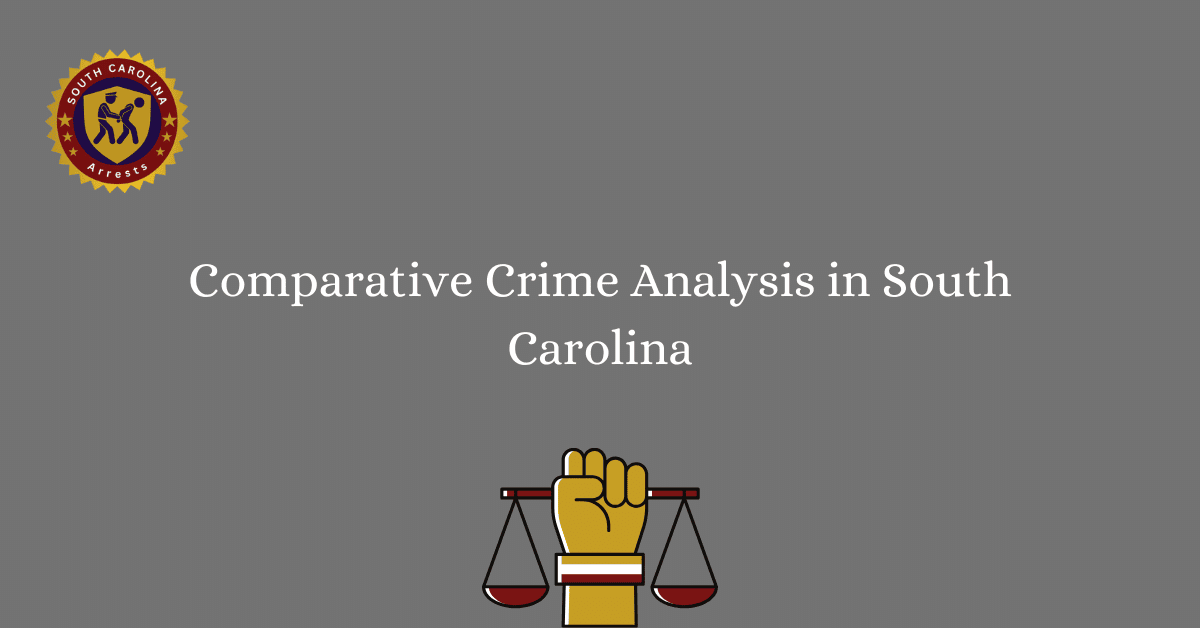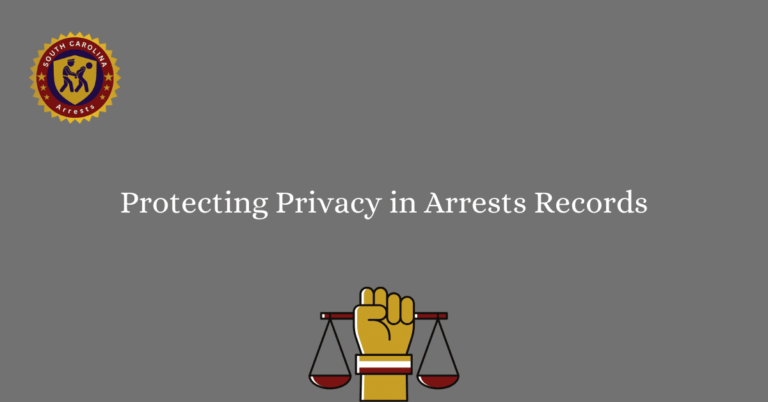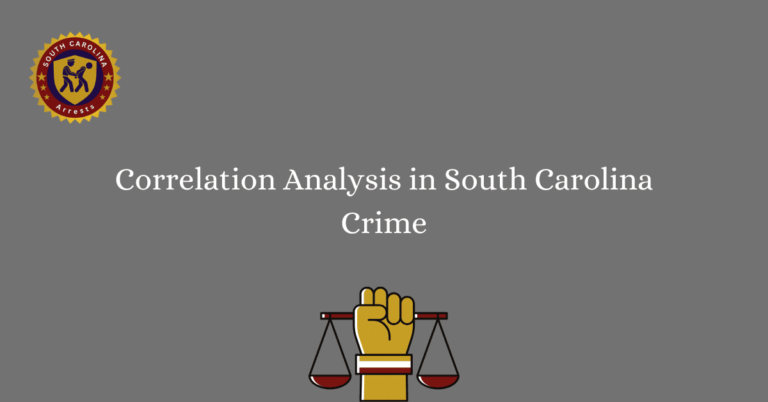Comparative Crime Analysis in South Carolina
Comparative Crime Analysis in SC involves a detailed examination of crime rates, patterns, and trends in South Carolina. By comparing various data points and statistics, researchers can gain valuable insights into the factors influencing crime in the state. This analysis helps law enforcement agencies, policymakers, and communities make informed decisions to improve public safety and reduce criminal activity.
Through Comparative Crime Analysis in SC, experts can identify high-crime areas, understand the impact of different interventions, and develop strategies for crime prevention. By studying the dynamics of criminal behavior and the effectiveness of law enforcement efforts, stakeholders can work towards creating a safer environment for all residents of South Carolina. This analytical approach provides a comprehensive view of the state’s crime landscape, enabling targeted actions to address specific challenges and enhance overall security.
Importance of Crime Analysis in South Carolina
Crime analysis is a vital tool for law enforcement agencies in South Carolina to understand and address criminal activities effectively. By analyzing crime data, law enforcement officials can identify patterns, trends, and hotspots, allowing them to allocate resources strategically to prevent and combat crime.
Crime Analysis Boosts Law Enforcement in South Carolina
Crime analysis helps law enforcement agencies in South Carolina understand the nature and extent of criminal activities in their communities. By analyzing crime data, they can identify the types of crimes that are prevalent, the demographics of offenders and victims, and the modus operandi of criminals. This information is crucial for developing targeted crime prevention strategies and enhancing public safety.
Identifying Trends and Hotspots
By conducting statistical analysis of crime data, law enforcement agencies in South Carolina can identify trends and hotspots where criminal activities are concentrated. This information allows them to deploy resources proactively to prevent crimes from occurring in these areas. By focusing on hotspots, law enforcement agencies can effectively reduce crime rates and improve community safety.
Effective Resource Allocation for Law Enforcement
Crime analysis enables law enforcement agencies in South Carolina to allocate their resources effectively. By identifying high-crime areas and times, agencies can deploy officers, conduct patrols, and implement crime prevention programs strategically. This targeted approach to resource allocation maximizes the impact of law enforcement efforts and enhances public safety.
Comparative Crime Analysis in South Carolina
Comparative crime analysis in South Carolina involves benchmarking the state’s crime rates against those of other regions to gain insights into the efficacy of crime prevention strategies. By comparing crime data, law enforcement agencies can identify best practices, assess the effectiveness of their approaches, and make data-driven policy decisions to enhance public safety.
Benchmarking Against Other Regions
Comparative crime analysis allows law enforcement agencies in South Carolina to benchmark their crime rates against those of other regions. By comparing crime data, agencies can identify areas where they excel and areas where they need improvement. This benchmarking process helps agencies learn from successful strategies implemented in other regions and adapt them to their own communities.
Insights into Efficacy of Crime Prevention Strategies
By analyzing crime data from different regions, law enforcement agencies in South Carolina can gain insights into the efficacy of their crime prevention strategies. Comparative crime analysis allows agencies to identify which strategies are most effective in reducing crime rates and enhancing public safety. This information helps agencies refine their approaches and allocate resources more efficiently.
Policy Decision-Making for Public Safety Enhancement
Comparative crime analysis provides valuable data for policy decision-making to enhance public safety in South Carolina. By analyzing crime trends and statistics from different regions, policymakers can identify gaps in current policies, assess the impact of existing strategies, and develop evidence-based solutions to address crime effectively. This data-driven approach to policy-making ensures that resources are allocated where they are most needed to improve public safety.
Frequently Asked Questions
Our Frequently Asked Questions section aims to provide detailed answers to common queries related to Comparative Crime Analysis in SC. Below, you will find comprehensive explanations to help enhance your understanding of this topic.
What is Comparative Crime Analysis?
Comparative Crime Analysis involves studying and comparing crime data across different regions or time periods to identify patterns, trends, and potential correlations. By analyzing factors such as crime rates, demographics, and socio-economic conditions, analysts can gain insights to support law enforcement strategies and policy-making.
How is Comparative Crime Analysis conducted in South Carolina?
In South Carolina, Comparative Crime Analysis is typically carried out by law enforcement agencies, research institutions, or government bodies. Analysts utilize a range of data sources, including crime reports, census data, and geographic information systems (GIS), to assess crime patterns, hotspots, and potential risk factors. By employing statistical methods and data visualization techniques, analysts can derive meaningful conclusions to inform crime prevention efforts.
What are the key benefits of Comparative Crime Analysis?
Comparative Crime Analysis offers several advantages, such as identifying crime trends, evaluating the effectiveness of crime prevention programs, allocating resources efficiently, and enhancing community safety. By understanding the underlying factors contributing to crime rates, stakeholders can implement targeted interventions to address specific issues and reduce criminal activity.
How does Comparative Crime Analysis contribute to law enforcement strategies?
By conducting Comparative Crime Analysis, law enforcement agencies can gain valuable insights into crime patterns, modus operandi, and offender profiles. This information enables agencies to deploy resources strategically, prioritize high-risk areas, and collaborate with other stakeholders to combat crime effectively. Moreover, Comparative Crime Analysis supports the development of evidence-based policing strategies that focus on crime prevention and community engagement.
What are some common challenges faced in Comparative Crime Analysis?
Despite its benefits, Comparative Crime Analysis may encounter challenges such as data quality issues, limited access to relevant data sources, lack of standardized methodologies, and privacy concerns. Analysts must navigate these obstacles by employing rigorous data validation processes, establishing data-sharing agreements, adopting best practices in data analysis, and adhering to ethical guidelines in handling sensitive information.
How can individuals contribute to Comparative Crime Analysis efforts?
While Comparative Crime Analysis is primarily conducted by professionals in law enforcement and research fields, individuals can support these efforts by reporting crimes, participating in community crime prevention programs, and advocating for evidence-based policies. By promoting civic engagement, raising awareness about crime prevention strategies, and collaborating with local authorities, individuals can contribute to creating safer and more resilient communities.







